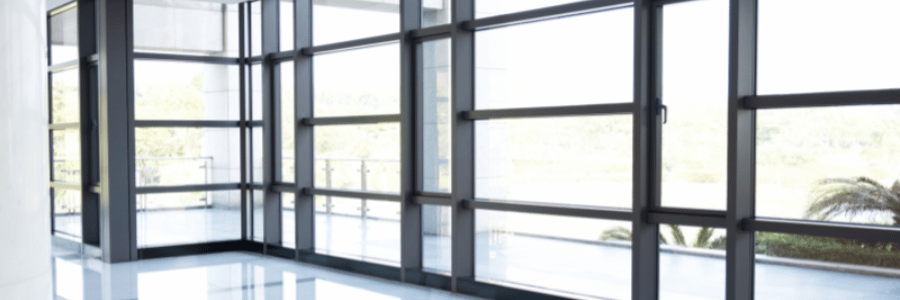When it comes to commercial buildings, windows serve much more than just a means of letting in light or providing views. They are essential architectural elements that contribute to both the overall aesthetic appeal and the functional efficiency of a building. The challenge in commercial building design lies in finding the perfect balance between aesthetics and functionality, ensuring that windows enhance the space while serving practical purposes such as energy efficiency, privacy, and security. In this post, we’ll explore how to achieve that balance and the key factors to consider when choosing windows for commercial spaces.
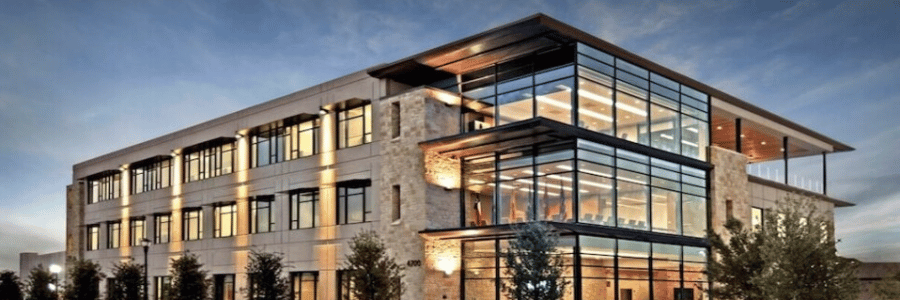
The Role of Windows in Commercial Design
Windows are integral to a commercial building’s design, as they help define its exterior appearance and set the tone for the interior experience. Whether it’s an office building, retail space, hotel, or industrial complex, windows contribute to the building’s visual identity. At the same time, they impact the internal environment, influencing factors such as lighting, temperature regulation, and acoustics. With the right combination of style and performance, windows can contribute to a building’s energy efficiency, comfort, and appeal to both tenants and customers.
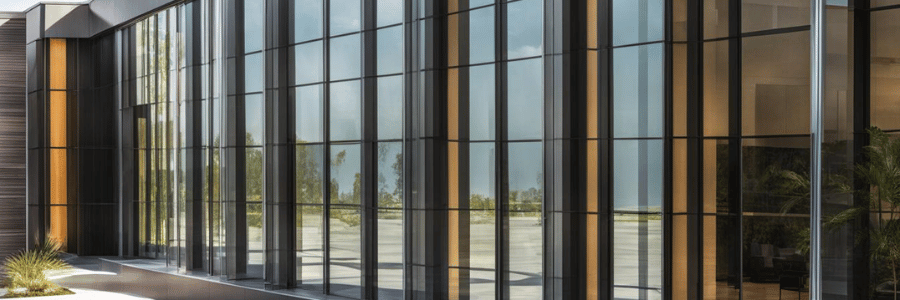
Aesthetics: Making a Strong First Impression
In commercial buildings, the exterior appearance is often the first thing people notice. The design of the windows plays a pivotal role in shaping that initial impression. Large, well-placed windows can convey a sense of openness and transparency, while intricate window designs can give the building a unique, eye-catching appeal.
1. Architectural Style:
Windows need to align with the architectural style of the building. A modern office tower might feature sleek, expansive glass windows to reflect the building’s clean lines and minimalist design, while a historic building might opt for more traditional window shapes, such as sash or arched windows, to maintain its period charm.
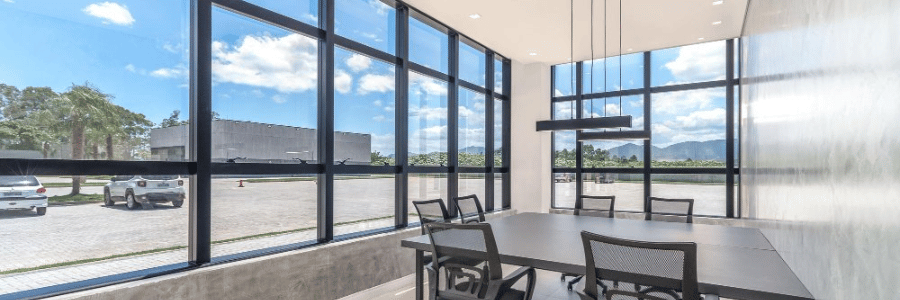
2. Natural Light and Views:
In commercial buildings, windows often have to balance between offering a view and letting in ample natural light. Maximizing natural light not only improves the overall atmosphere of a space but can also reduce energy costs by minimizing the need for artificial lighting during daylight hours. The ability to bring the outside in through large windows can make workspaces or retail areas more inviting and dynamic.
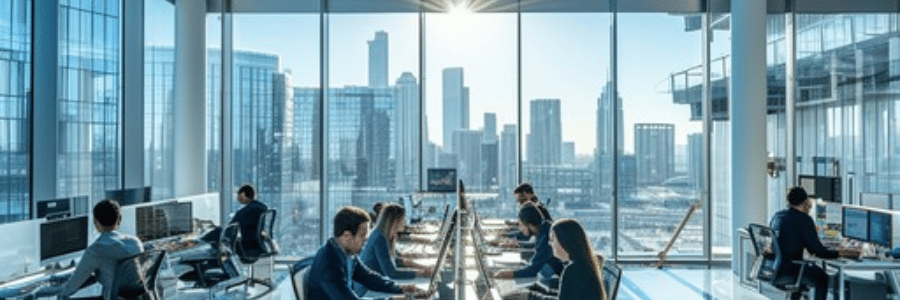
3. Custom Designs and Branding:
Custom window treatments such as etched glass, tinted windows, or unique frame colors can be used to reinforce the building’s branding and identity. For example, retail stores or offices may opt for large, clear windows with the company’s logo etched into the glass, creating a visually striking look that communicates the brand’s message clearly.
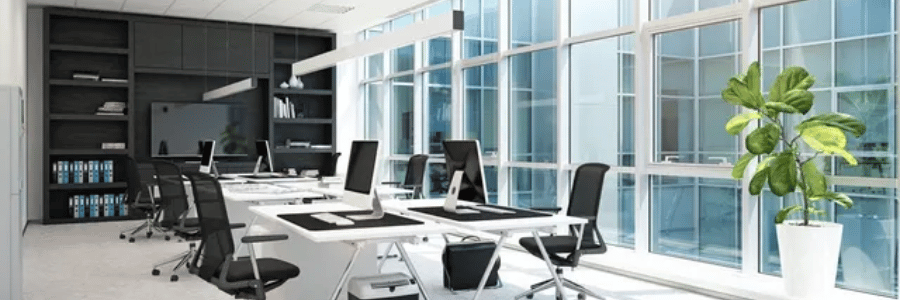
Functionality: Meeting Practical Needs
While aesthetics are important, the functionality of windows in commercial buildings cannot be overlooked. Windows serve several key practical purposes, from energy efficiency to privacy, security, and climate control. Finding windows that meet these needs while still fitting into the overall design is essential.
1. Energy Efficiency:
One of the most important factors in choosing windows for commercial buildings is energy efficiency. Windows are a key source of heat gain and loss, which can significantly impact a building’s energy consumption. Low-emissivity (Low-E) glass and double or triple glazing are common solutions that help reduce energy loss by providing better insulation. Energy-efficient windows not only reduce heating and cooling costs but also contribute to the building’s overall sustainability and can help meet environmental standards.
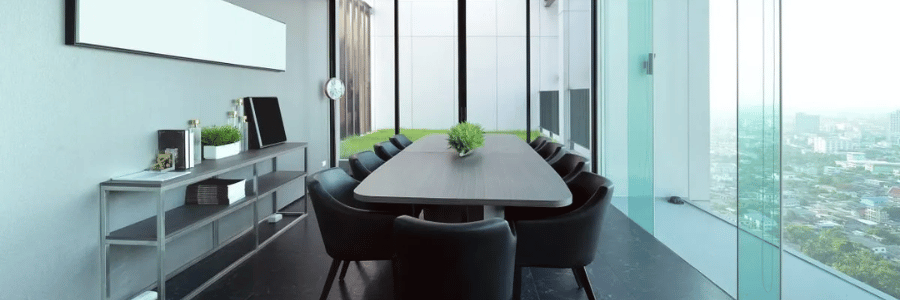
2. Thermal Comfort:
Windows must help maintain a comfortable indoor temperature. Large windows or windows with poor insulation can lead to drafts, temperature imbalances, and higher energy bills. By choosing windows with proper insulation, such as those with gas-filled panes or low U-values, commercial buildings can ensure a more consistent indoor climate throughout the year, keeping both employees and clients comfortable.
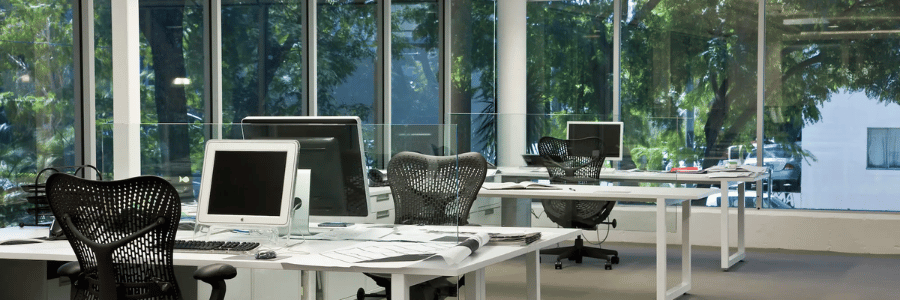
3. Acoustic Control:
In commercial buildings located in noisy environments, such as near busy streets or construction zones, windows with soundproofing properties are crucial. Acoustic glazing can reduce noise transmission, creating a quieter and more productive working environment. Double-glazed windows with laminated glass or specialty acoustic treatments can help minimize noise disruption while maintaining aesthetic appeal.

4. Privacy and Security:
While windows can enhance the openness of a commercial building, they can also raise concerns about privacy and security. For offices and retail spaces, privacy glass or tinted windows can help prevent outsiders from peering inside, which is especially important for sensitive areas such as conference rooms or reception areas. Additionally, security features like shatterproof or impact-resistant glass can help protect against break-ins or damage.
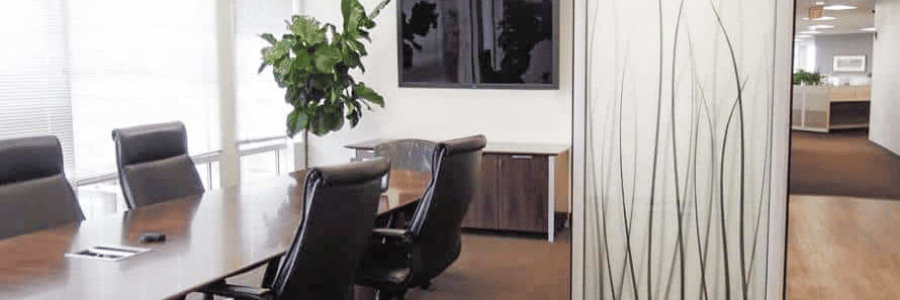
5. Maintenance and Durability:
Commercial windows must be durable and easy to maintain, as they endure high foot traffic and frequent exposure to the elements. Materials like aluminum, steel, and uPVC are often chosen for their resilience and low maintenance requirements. Furthermore, windows with self-cleaning or easy-to-clean coatings can minimize upkeep, ensuring that the building always looks its best without excessive maintenance costs.
Balancing Aesthetics and Functionality: Key Considerations
Achieving a balance between aesthetics and functionality requires careful planning and decision-making. Here are some key considerations when selecting windows for commercial buildings:
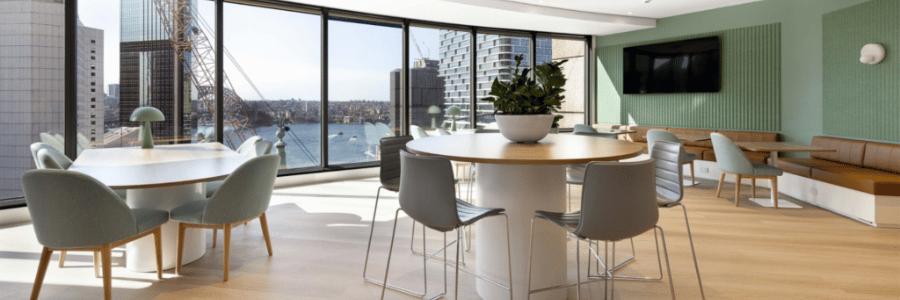
1. Building Orientation:
The orientation of a building relative to the sun can affect the placement and type of windows. For example, south-facing windows may need to be fitted with solar control glass to prevent excessive heat gain, while north-facing windows may benefit from larger expanses of glass to allow more natural light without increasing the energy load.
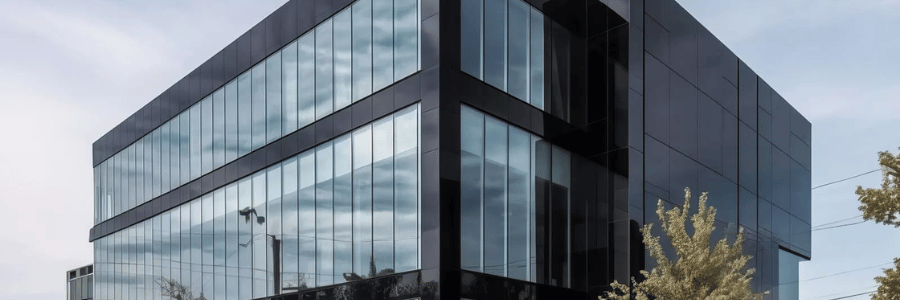
2. Building Code Compliance:
Commercial buildings must adhere to local building codes and regulations, which often include requirements for fire safety, ventilation, and accessibility. These codes may dictate the type of window materials used, their size, and their installation location.
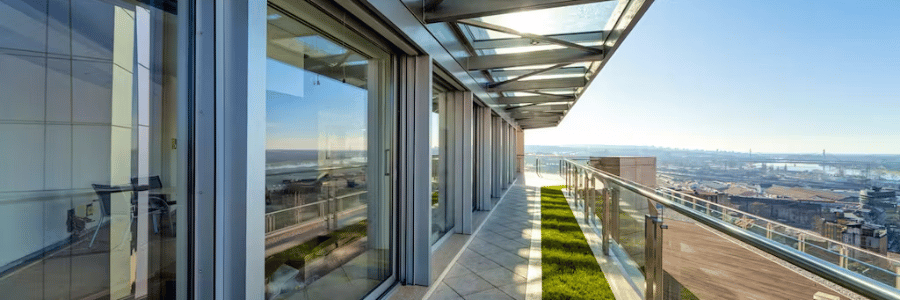
3. Cost-Effectiveness:
While high-quality windows can enhance the look and performance of a commercial building, they can also come with a significant upfront cost. Balancing the investment in window quality with the long-term energy savings and operational benefits is crucial for any commercial building project.
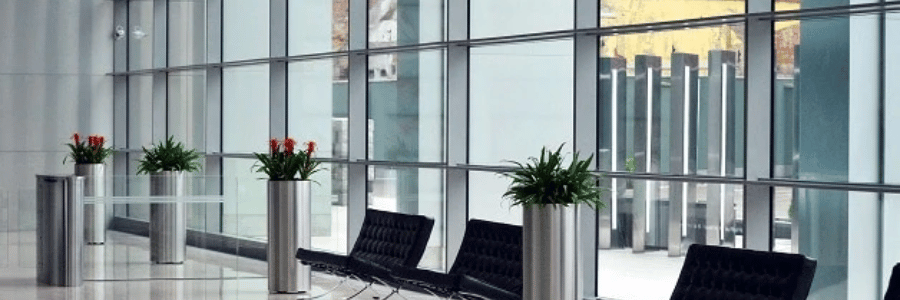
4. Sustainability Goals:
Many businesses are focusing on sustainability and environmentally-friendly practices, and windows can contribute significantly to this goal. Choosing windows with high energy-efficiency ratings, made from sustainable materials, can reduce the carbon footprint of the building and help meet green building standards like LEED (Leadership in Energy and Environmental Design).
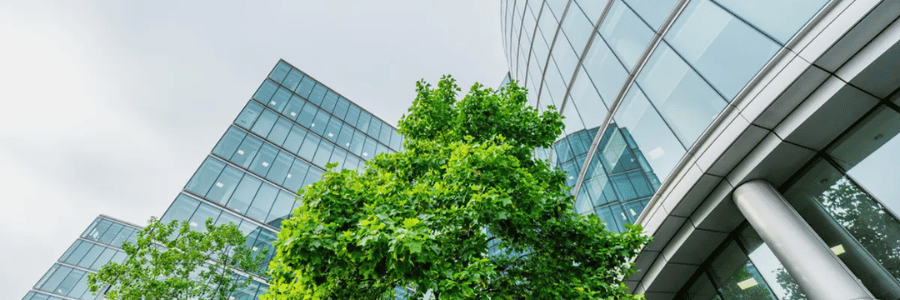
Conclusion
Windows in commercial buildings are much more than just functional elements—they are key components of a building’s identity, influencing both its exterior aesthetic and the comfort of its occupants. By carefully selecting windows that balance aesthetic appeal with practical benefits such as energy efficiency, privacy, and acoustic control, commercial building owners and designers can create spaces that are not only visually stunning but also cost-effective, sustainable, and comfortable. Whether you’re designing a new commercial space or renovating an existing one, the right windows can make a significant difference in the building’s overall performance and appeal.

